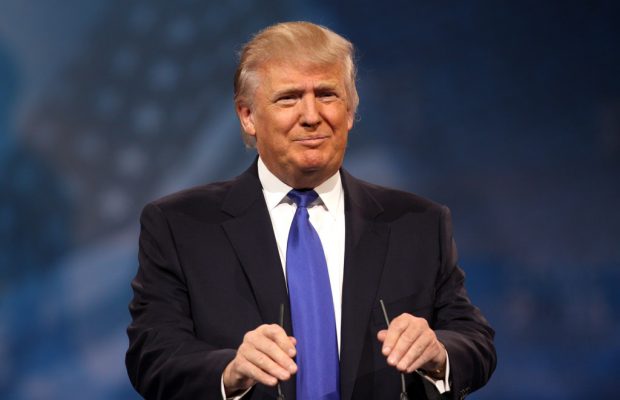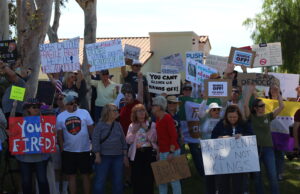There is no such thing as Trump’s “Chinese Virus”

On Thursday, March 19, President Donald Trump referred to the coronavirus, medically classified as COVID-19, as the “China virus” for the first time of many. Despite facing major backlash from the Asian American community for his blatant xenophobia, Trump has continually defended the usage of this term, encouraging stigmatizing and racially targeted verbal abuse and physical assault towards Asian Americans.
“It’s not racist at all, no, not at all. It comes from China, that’s why. I want to be accurate,” Trump explained during a press briefing. “I think [Asian Americans] probably would agree with it 100%.”
Respectfully, Mr. President, this is not your opinion to share. As a prominent political figure, it is your responsibility to be mindful in word choice and amplify the voices of those who are truly affected, instead of your (non-Asian) own. Livelihoods are at stake. Do not speak over us.
“I’m noticing that it’s mostly white men who are so quick to tell us that ‘Chinese virus’ isn’t a racist term. Maybe because they’re not on the receiving end of the violence it incites,” tweeted Representative Judy Chu, the first Chinese American woman elected to Congress.
Calling the coronavirus the “Chinese virus” is, indeed, racializing, stigmatizing, xenophobic, and a blatant return to Chinese Exclusion Act Era Anglo-American orientalism. (I could go on.)
“What President Trump did was he insisted on calling it the “Chinese virus” and labeling coronavirus as a racial disease,” said Russell Jeung, a professor of Asian American Studies at San Francisco State University. “By othering Asians – and it’s not just Chinese, anybody who looks Chinese – it just gave people license to attack us, to blame us for the disease, to say we’re the source of it.”
This spread of factually inaccurate information is a dangerous enabler; the color of someone’s skin has no effect on their likelihood to carry COVID-19. The “Chinese virus” is a demonizing, scapegoating name that does nothing besides target all Chinese (and all Chinese-resembling) communities within America.
Take, for example, Mai Li, a homeless Asian grandmother living in New York City with her granddaughter. Found by the charity organization “Backpacks For The Street,” Li was “in tears and shaking” after getting continually spat and cursed at.
“Passerbys are just cruel, one shouting to her ‘go the f**k back to your country and die’ as we stood there,” said Jeffrey Newman of Backpacks for the Street. “[They] blame her for the coronavirus outbreak simply because of her ethnicity.”
The message here is clear: how dare an Asian person exist, and in public? How dare an Asian person breathe?
Li is only one of many victims of racist abuse due to the coronavirus. Stop AAPI Hate, an online center for these incident reports run by the Asian Pacific Policy and Planning Council, received over 670 direct reports of discrimination in physical spaces ranging from microaggressions and verbal abuse to vandalization, robbery, and assault in only its first week since inception on March 19. According to L1ght, an Israeli artificial intelligence startup, cyberbullying of Asians has increased by 900%, with a 200% growth in traffic to hate sites and “specific posts” against Asians. The terminology surrounding the crisis evolved from original hashtags such as #COVID-19, #coronavirus, #COVID19 and #StayAtHome into racist ones: #chinaliedpeopledied, #KungFlu, #communistvirus, #WuhanVirus and #ChineseVirus.
“[This racism] was already starting even before [President Trump] made the China virus remarks, and he… exacerbated the situation,” said Jeung. “He still uses this us vs. them binary that argues that… we’re still outsiders and foreigners and not part of the American fabric.”
This spike in xenophobic attacks against Asian Americans of this extent is unseen in recent history. This pandemic may be a scary and uncertain time, but it certainly has nothing to do with any nationality, race, or ethnicity. This bigotry and scapegoating isn’t even close to good enough. Viruses do not discriminate. We shouldn’t either.


